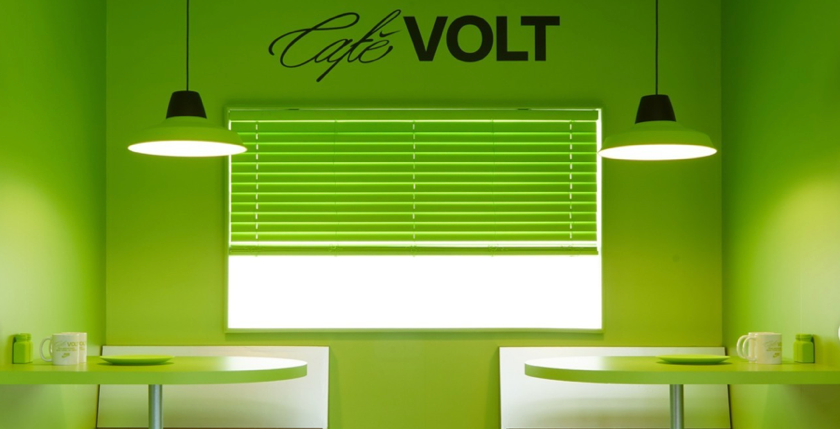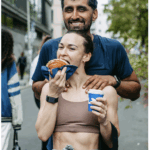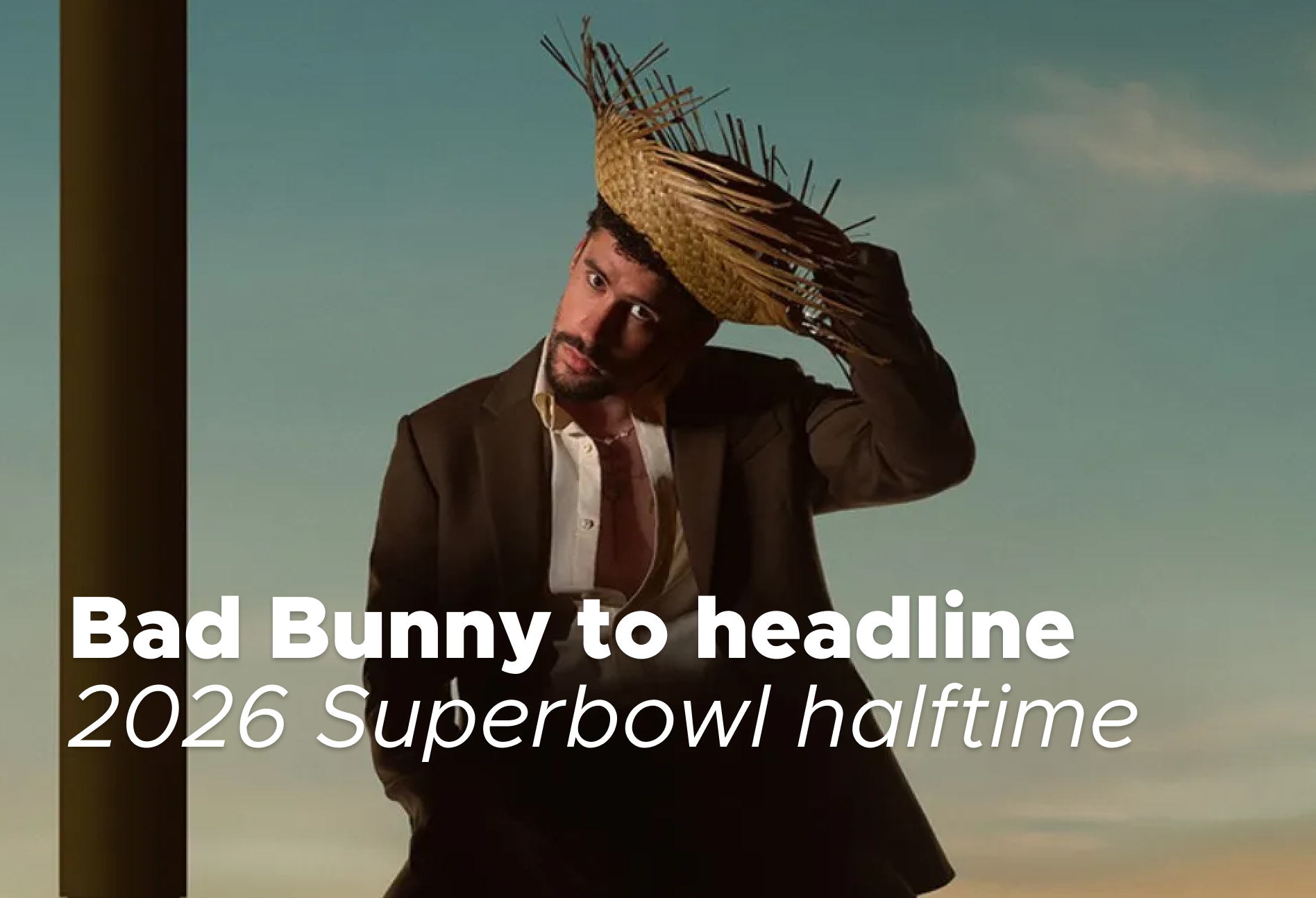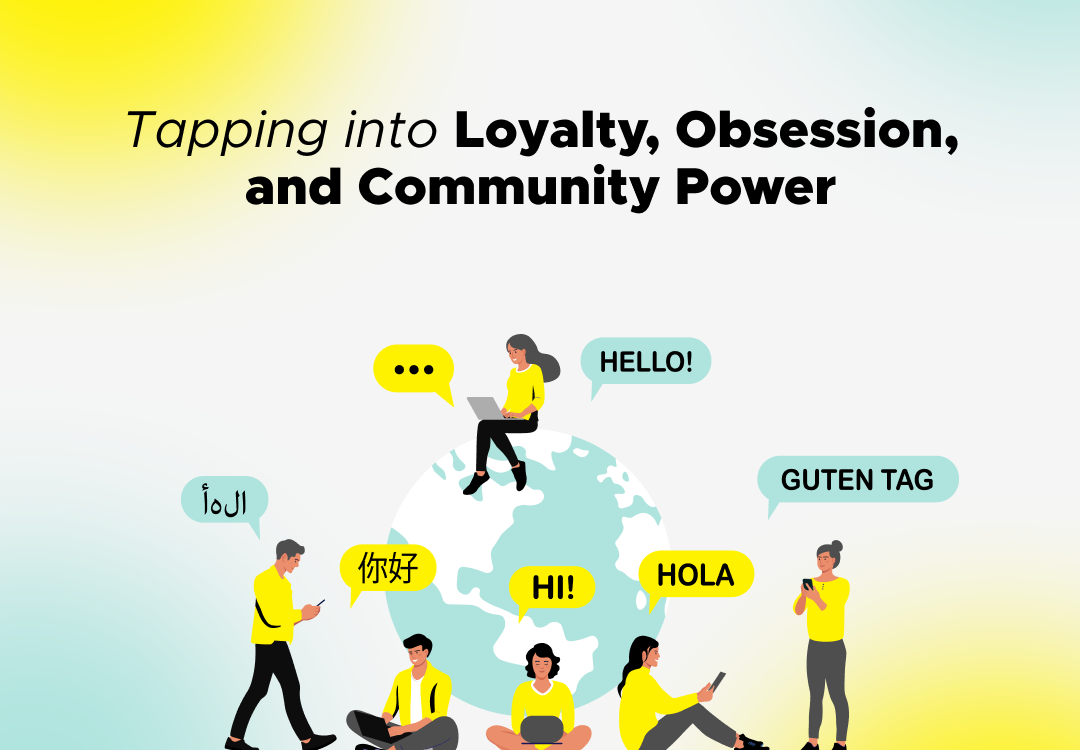The Prestige of Participation
In 2025, luxury is no longer defined by logos or material wealth, but by exclusive, participatory experiences that foster identity and community. From curated pop-ups to lifestyle-driven activations, prestige now stems from cultural relevance and access, not ownership.
June 23, 2025

In 2025, luxury no longer announces itself through logos or square footage. It reveals itself through moments with experiences, designed for participation. They are curated for cameras, and embedded with cultural codes. Across metropolitan cities, a new form of prestige is emerging: The prestige of participation, where experiences act as a form of exclusivity, through access, identity, and community.
From artist-led pop-ups to running-and-coffee hybrids, these brand activations are redefining what it means to stay relevant. They prioritize presence over possession. Culture over commodity. And while social media amplifies these experiences globally, the real innovation lies in their local intimacy – letting community-rooted stories lead, with social media as the stage. Anyone can purchase, but who receives the invitation?
Brands That Are Winning
Brands are increasingly leveraging immersive storytelling platforms like pop-ups or online livestreaming events, turning temporary spaces, in real life and online, into stages for interaction and emotional connection.
Whether it’s hands-on experiences, personalized moments, or digital layers of storytelling, the result is the same: consumers become active participants rather than passive spectators. This co-creation deepens engagement, strengthens brand affinity, and transforms a brief visit into a lasting impression.

Nike’s “Café Volt” in New York, launched around Global Running Day in 2024, offered free coffee to runners, creating an experience that felt exclusive and earned. It wasn’t about selling a latte, it was about giving membership in a moment. The idea of having access to that coffee, in that setting, conferred a quiet form of status. Drinking it signaled: I participated, I ran. I belong, I’m part of something.
Brands using coffee this way aren’t necessarily triggering sensory marketing strategies, they’re crafting rituals. A brief glimpse into daily life becomes a badge of cultural participation. This activation was purpose-built for its local audience. They were site-specific, culturally fluent moments that understood their audience’s daily routines and aspirations. Sometimes it appears as simple as a cup of coffee The experience offered more than coffee – it offered belonging. It became a space where identity, running, community, and brand affinity, was recognized and shared. The irony is that cafés are now heading in the same direction as athletic brands, just from the opposite side: using sport to deepen cultural relevance.

Today, cafés are evolving into dynamic community hubs, demonstrating that coffee isn’t just a beverage, it’s a gateway to participation and community. In Berlin, LAP Coffee collaborated with lululemon to mark a flagship opening by hosting a 5 km social run, followed by complimentary coffee and lemonade. The event positioned LAP not merely as a café, but as a cultural catalyst, anchoring itself in the city’s wellness and lifestyle routines.
Though some may view the branding as overt, the strategy is undeniably sharp: low-barrier access for consumers creates a feel-good, shareable moment. For brands, it’s a cost-effective identity builder, for consumers, an accessible expression of affiliation. And for the café? It’s a high-visibility business opportunity. With profit margins typically ranging from 70% to 95% on a single cup of coffee sold, this daily ritual, elevated by a premium experience, offers a win-win for all: strong returns for the business with guaranteed sales for the day and a lasting sense of community for consumers.
Why It Works: Culture First, Content Second
Here lies the paradox of the new luxury: it is both hyperlocal and hypervisible. The most successful brand activations in 2025 are designed for communities but structured for amplification. They tap into local subcultures like run clubs, music hubs or fashion – not just to sell products, but to become the co-author of a shared story.
Social media is the mechanism that scales these intimate experiences. It transforms a sidewalk basketball court into a global conversation. It turns a three-day merch pop-up into a months-long fandom arc. The key is cultural specificity. The more rooted an activation is in local truths, the more compelling it becomes in global feeds.

This inversion flips legacy luxury on its head. Traditional prestige operated through distance and gatekeeping. The new luxury invites proximity and participation – then lets social media do the scaling. Nevertheless, the prestige of participation increasingly eclipses traditional retail and community marketing strategies. As social media platforms transform every experience into shareable content, the act of being seen, engaging with a brand activation and participating, carries more cultural capital than the product itself. Unlike static loyalty programs or in-store events, which are still effective, considering the emotional value given in the moment, these experiences are engineered for social virality – particularly on TikTok.
TikTok is the primary engine driving this shift, with its algorithm favouring discoverability over follower count and rewarding raw, in-the-moment content.
Its culture thrives on participation: users replicate trends and co-opt brand aesthetics to signal relevance. Unlike Instagram’s curated polish, TikTok lets culture lead content, where authentic storytelling drives virality and elevates even niche activations.
This dynamic has led most brands to prioritize TikTok as the frontline for engagement and cultural imprint. Only the most prestigious or visually iconic brands can still amplify their experiential campaigns effectively on Instagram, where the bar for aesthetic and aspirational appeal remains exceptionally high. In essence, marketing now competes less on product and more on presence, who shows up, how it looks online, and how that aligns with a personal or aspirational identity.
Is This Building Long-Term Value?
Here’s the tension for marketers: these experiences generate real-time buzz, but do they build brand equity? Are consumers willing to invest more deeply in brands because of these moments?
Early indicators suggest yes – when done with authenticity and consistency. Brands that use these activations to spark deeper relationships (follow-up content, community engagement, exclusive drops) see upticks in loyalty, organic advocacy, and cultural relevance. Those who treat them as one-off stunts? Less so.
The key is integration. These small luxuries must align with the brand’s broader narrative and product ecosystem. They shouldn’t replace core offerings – they should elevate them.
What Marketers Should Know
- Culture must lead. Start with community – what they care about, where they gather, how they express identity. Design experiences with them, not just for them.
- Experiences should feel earned, not imposed. A pop-up should fit the rhythm of its city. A collab should resonate with lived experiences, not just trends.
- Social isn’t just a megaphone – it’s the story engine. Platforms like TikTok, Instagram, and co. don’t just amplify experiences. They contextualize them and extend their emotional lifespan.
- FOMO is only part of it. Yes, scarcity and spectacle work, but so does belonging. The real ROI lies in creating moments that people want to remember, not just record.
Final Thoughts
In the new luxury landscape, power comes from presence, not price. The brands winning in 2025 are those that understand this truth: luxury isn’t what you own – it’s the story you get to be part of.
Today, it’s all about giving your audience a sense of belonging. Brands have the power to create moments that people can see themselves in, and stories that invite co-authorship. Whether it’s a café run turned ritual, bringing back the consumer through an experiential incentive, or a pop-up that mirrors a city’s rhythm, the value lies in the participation itself. To take part is to belong. And to belong is the new marker of relevance.
The most successful brands are those who know when to step back and let the culture take over. Because when people feel part of something bigger, they carry that story forward – on social media feeds, in private conversations, and across global cities. Participation isn’t a tactic. It’s the ticket to long-term resonance. And prestige? It’s no longer about standing apart. It’s about standing within.
Latest News ☕

Bad Bunny announced as Super Bowl 2026 halftime performer
September 30, 2025
Bad Bunny will headline the 2026 Super Bowl halftime show at Levi’s Stadium. Here’s wh...

What European Brands Can Learn From Asian Traditions and Storytelling
September 28, 2025
Asia shows how local storytelling with global strategy turns traditions like matcha and k-...

Latin America’s Best Practices for Global Brands on the Power of Community
September 27, 2025
Latin America is one of the most dynamic regions in the world when it comes to community-d...


